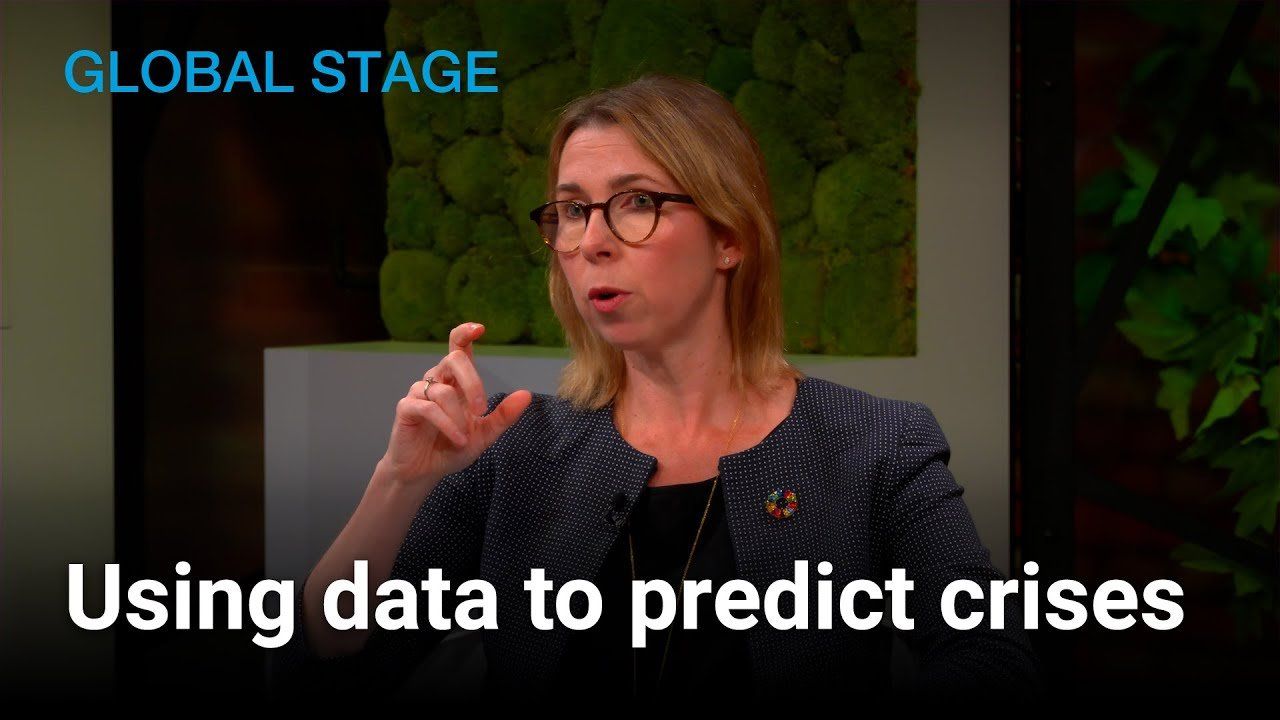Crisis Recovery
Use AI and data to predict and prevent crises - Melinda Bohannon

Use AI and data to predict and prevent crises - Melinda Bohannon | Global Stage | GZERO Media

Data-driven humanitarian efforts are revolutionizing crisis response, says Melinda Bohannon, a prominent expert in international development. She highlights the significance of using data for better targeting and foreseeing global issues, , speaking in a Global Stage livestream event at UN headquarters in New York on September 22, on the sidelines of the UN General Assembly.
Bohannon notes, "In conflict and crises, we've used AI-driven models to track media and conflict events and human rights abuses and understand where conflicts are likely to break out. So we have that element of predictability in our policy and our program responses," underscoring the power of data to predict and preempt crises, enhancing humanitarian efforts significantly.
The discussion was moderated by Nicholas Thompson of The Atlantic and was held by GZERO Media in collaboration with the United Nations, the Complex Risk Analytics Fund, and the Early Warnings for All initiative.
Nearly four years into Russia's invasion of Ukraine, the push to end the war is intensifying. The past few weeks produced not one but two proposals.
Ian Bremmer breaks down why the latest Russia-Ukraine “peace push” is headed back to Moscow and why the outlook is bleak.
There are close presidential races, and then there’s the one in Honduras, where just 515 votes separate the top two candidates following Sunday’s election in the Central American nation.